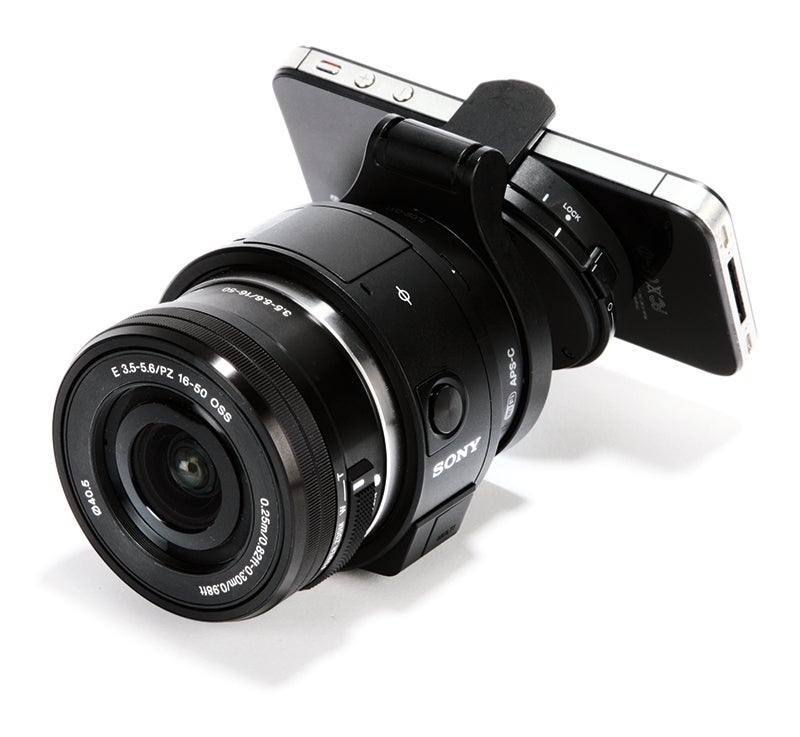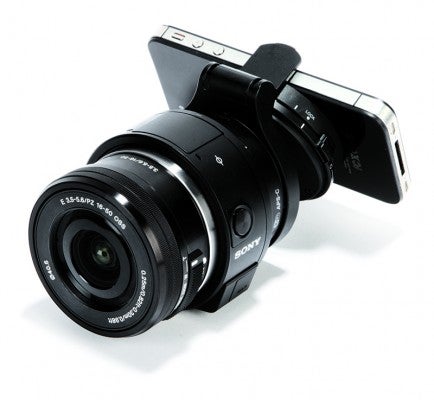Sony’s 2G lens-style cameras have arrived, including the curiously quirky QX1, which features the ability to use E-mount lenses. Richard Sibley tries it out for our Sony QX1 field test
Final Thoughts
 In terms of image quality you can’t really fault the QX1, particularly given its price – just £249 body-only. The images are what you would expect from a Sony CSC with an APS-C sensor, particularly if you spend some time editing the raw images. There is a lot of detail to be extracted.
In terms of image quality you can’t really fault the QX1, particularly given its price – just £249 body-only. The images are what you would expect from a Sony CSC with an APS-C sensor, particularly if you spend some time editing the raw images. There is a lot of detail to be extracted.
Of course, handling is quirky to say the least, though once you get used to it you do start to become more creative, moving the QX1 away from the smartphone and shooting at all sorts of angles. As for the ability to change lenses, this makes the QX1 more valuable than its predecessors, certainly for enthusiast photographers. The ability to use third-party lenses adds further to its interest.
However, the QX1 is still something of a curio. It is an interesting camera, and I am looking forward to seeing how photographers find some weird and wonderful uses for it. And that perhaps is where the QX1’s market lies.
Many photographers have long asked for a camera where you can update or replace the sensor for different uses, and while the QX1 doesn’t yet fulfil that task, it could be heading that way. In a few years’ time, you could have a choice between versions with different resolutions and types of sensor. Simply choose the one that suits your photography.
With a tripod socket at the bottom of the camera, it is surely only a matter of time before Sony, or a third-party manufacturer, introduces a grip or shell for the QX1. With a few buttons it could make navigating the PlayMemories Mobile app faster, and provide better handling. With this one accessory we could move towards a customisable camera range that many have wanted for years, but we aren’t quite there yet.
Sony QX1 – Key features
MicroSD
Images are recorded to microSD cards, that are inserted in a socket behind the battery door.
Video
The QX1 can record video at full 1080p HD quality with footage saved in MP4 format. Audio is captured using the camera’s stereo microphones.
Autofocus
Lenses can be focused by touching any part of the image on the smartphone, or in automatic mode one of 25 contrast detection points are used.
Shooting rate
At its maximum speed, the QX1 can shoot at 3.5fps.
Pop-up flash
This small flash is useful for fill-in flash on bright days and has a guide number of 4m @ ISO 100.
Sensitivity
With a sensitivity range of ISO 100-16,000, the QX1 is more than capable of shooting in most lighting conditions photographers will throw at it.






